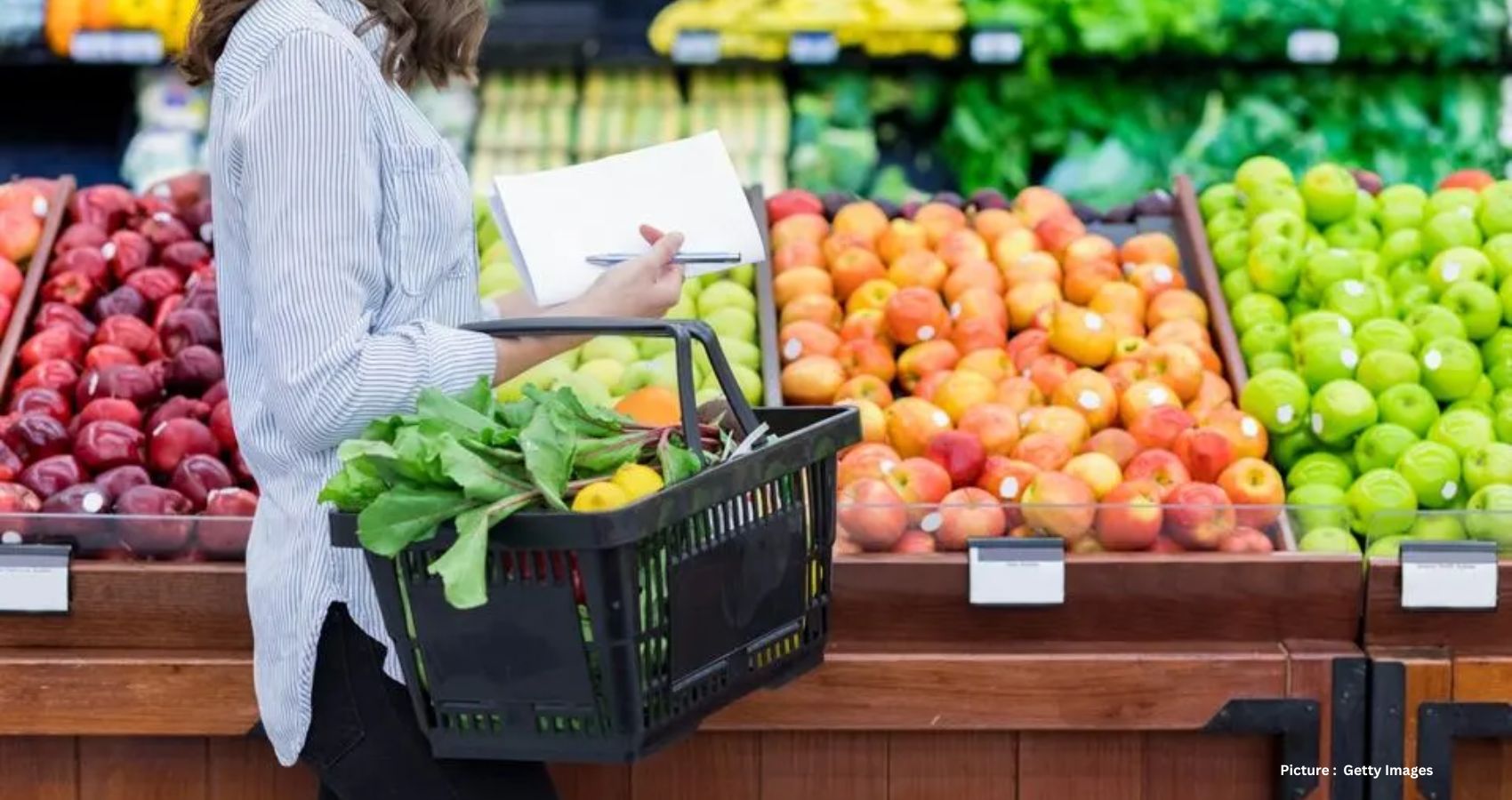The cost of groceries has surged by 30% over the past four years, marking a significant departure from the industry’s foundational aim of providing affordable and abundant food supplies post-World War II. The pandemic-induced disruptions in supply chains have been exploited by the grocery sector to inflate prices substantially, yielding substantial profits despite selling less food. This trend not only burdens consumers’ budgets but also underscores ongoing policy shortcomings within the Biden Administration.
The U.S. grocery market, valued at $1.03 trillion, has seen prices soar nearly 30% across all categories and channels since 2019, even as unit volumes remain stagnant. This translates to consumers spending more while obtaining fewer goods. Corporate dominance in various grocery segments, particularly by a select few consumer packaged goods (CPG) giants, accentuates the market’s lack of competition.
Soft drinks exemplify this consolidation, with Coca-Cola, Pepsico, and Keurig Dr. Pepper controlling around 90% of the market. Despite a 2% decline in unit volumes, soda sales surged by 56%, with prices spiking by 59%. Pepsico, for instance, witnessed a 21% surge in operating profit, primarily driven by consecutive double-digit price hikes over two years.
Similarly, Kraft Heinz, commanding 65% of the packaged cheese market, prioritizes profitability over volume, leading to a 21% price hike despite a mere 6% increase in unit volumes. Chocolate candy sales soared by 34%, accompanied by a 46% price surge, largely dictated by the top three companies—Hershey’s, Mondelez, and Mars—controlling over 80% of the market.
The trend extends to beef, where unit volumes plummeted by 14%, while prices skyrocketed by over 50% in four years, enabling major meat processors like Tyson Foods to double profits through strategic pricing actions.
In the diaper market, unit volumes dropped by 11.7%, yet prices surged by 38%, exceeding $13 per pack, as industry giants like Proctor & Gamble and Kimberly Clark monopolize 70% of the sector.
Further analysis of NIQ data unveils a consistent pattern: processed commodities experience sharper price hikes than their base ingredients. For instance, milk prices surged by 23.8% with a 5.8% decline in unit volumes, while yogurt prices soared by over 47% despite a 10% drop in volumes.
Shrinkflation, a practice of reducing pack sizes while maintaining prices, further exacerbates consumer woes, affecting various categories like household paper products, salty snacks, and cleaning products.
Experts attribute much of this pricing surge to sellers’ inflation, driven by supply shocks that enable tacit collusion among corporations to hike prices and maximize profits.
While conventional wisdom often blames labor costs and consumer demand for inflation, the math doesn’t align. Corporate profits have soared to historic highs, while workers’ share of national income has dwindled. Labor shortages, although garnering media attention, have minimal impact on grocery prices.
Despite widespread consumer outcry and economic strain, initiatives to address corporate price gouging remain limited. However, opportunities abound for regulatory intervention, including summoning food executives to Capitol Hill, scrutinizing anti-competitive practices, and potentially implementing price controls to ensure affordability.
Failure to seize these opportunities could perpetuate high prices, exacerbating food insecurity and economic hardship for millions of Americans. As such, the era of cheap food appears to be nearing its end unless significant policy changes are enacted promptly.


